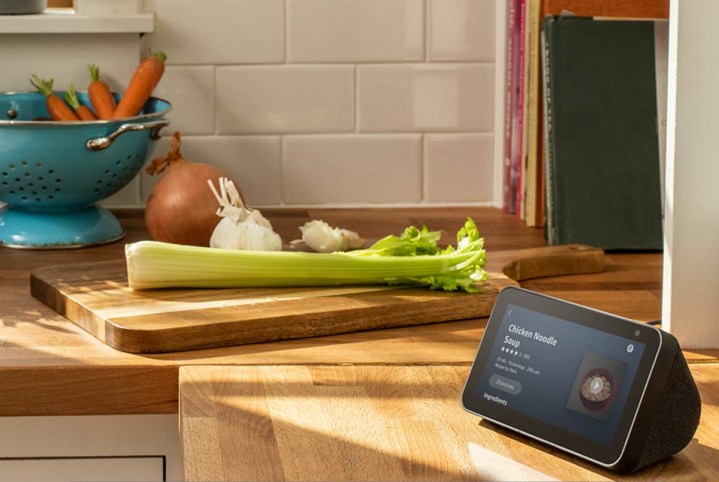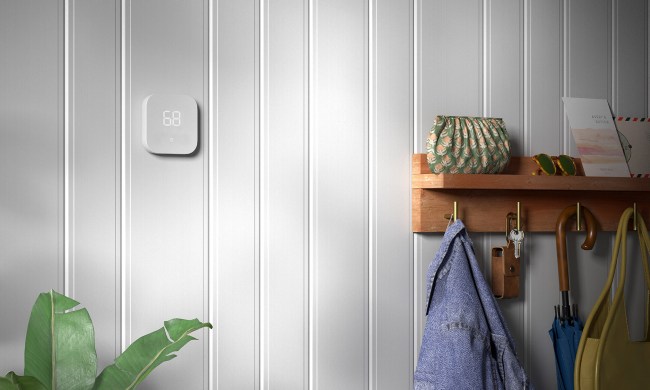Amazon’s Alexa has become a ubiquitous part of the smart home, capable of handling everything from our day-to-day routines to keeping up with our shopping lists. Now, the smart assistant has a new feature: The ability to tell you if your latest load of laundry is finished or if there is running water somewhere in the home.

These new features are called Sound Detectors. Alexa already had several of these, like the ability to listen for a baby crying or the sound of barking dogs. Through Alexa Guard, the assistant can also listen for the sound of breaking glass.
These Sound Detectors can be worked into Routines to keep you apprised of whatever is happening in your home. If you have something in the oven and want to go outside, your can set up a routine that will alert you through your phone when the oven beeps. The same applies to running a load of laundry. There are limitations to these features; for example, you can only choose a single device per routine.
The far-field microphones used to detect Alexa voice commands listen for the specified input. The new features are currently in public preview, but you can find and use them in your Alexa app right now.
The new features are part of a slew of additions Amazon plans to add to Alexa in the future, and that the company first announced at its fall event in September. The company also hinted at the possibility of custom sounds at that time, but those aren’t yet available.
A final addition is the total rollout of Conversation Mode for the Echo Show 10. This feature allows you to speak more naturally with Alexa by saying, “Alexa, join the conversation.” After you do this, you can more naturally speak with Alexa without using a wake word each and every time.



